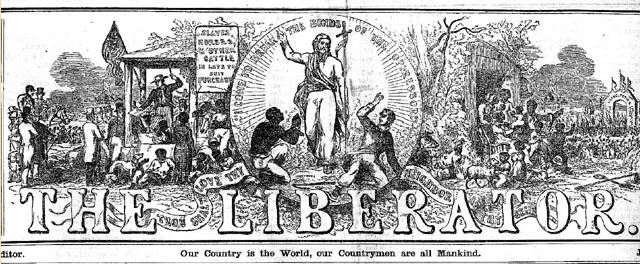By 1830… there were 2 million slaves
Survival was based on many of the following foundations of slave culture
- Strong family traditions (examples)- namesakes and passing on family stories so that family could be remembered even if separation occurred
- Stories- told over generations to create a strong oral tradition
- Religion- mix of traditional African and Christian beliefs which gave them hope for difficult situation
Resistance was sometimes sabotage and sometimes escape
Destination- slaves tried to escape to either the North or to Mexico where slavery was prohibited
Underground Railroad- loose network of constantly changing escape routes
200 slave revolts
- Nat Turner (Richmond, VA)- (1831) led followers to armory to capture weapons. Turner killed 60 people along the way
- Denmark Vesey (Charleston, SC)- (1822) planned revolt in South Carolina. Plot was discovered and Vesey was executed
- White Reaction- passed tougher laws to control slavery including prohibition of teaching slaves to read or allowing them to gather in groups
Free African Americans
Northern Manumission- Massachusetts and Pennsylvania (followed by Virginia and Maryland) passed regulations allowing the voluntary – official- freeing of slaves
American Colonization Society (ACS)
Goal- encourage migration of free blacks to Africa colony of Liberia. There were 1,100 former slaves and free blacks who migrated there.
Questioned Motives- most slaves and free blacks were born in the US and this was their home. Many believed the colonization of Liberia was a plot to remove the brightest blacks from society.
By 1804…all states north of Maryland had laws ending slavery.
1807…bringing slaves from Africa to any state was made illegal (this had been mandated by the provisions of the 3/5 Comp. of the Const.)
Abolition Movement- Americans who wanted slavery abolished or ended
 William Lloyd Garrison (Boston)
William Lloyd Garrison (Boston)
The Liberator– Garrison’s Anti-Slavery newspaper
Viewpoints- Garrison believed in gradual emancipation and then later became more radical and demanded immediate emancipation.
American Anti-Slavery Society- (1833) Garrison led a group of 150,000 against slavery. The organization spread pamphlets and sponsored lectures for camp meetings.
Grimke Sisters- Sarah and Angelina – daughters of slave owners who went north to speak and write against slavery.
Frederick Douglass- the most eloquent abolitionist who was a former slave. His stories portrayed the difficult life of slavery

Sojourner Truth- female former slave abolitionist who spoke to crowds and was very effective.
Most people in the North still supported slavery or had no strong feelings on either side of the issue. The abolition movement grew but remained small – but vocal.
Southern Arguments FOR Slavery
- Necessary
- Benefited North and their production of textiles
- Superior to Wage Labor
- Christianity Supported Slavery
The South got more relentless in their maintenance of slavery.
Not all Northerners were abolitionists- actually they were the minority!
- feared competition for factory wage jobs by free blacks
- most in the North wanted to stay out of the slave controversy
The Gag Rule was passed in 1836 and renewed for 8 years to prevent discussion of slavery in Congress.
Abolition was small and confined to the North- but were very vocal and persistent.
Very DIVISIVE!!!